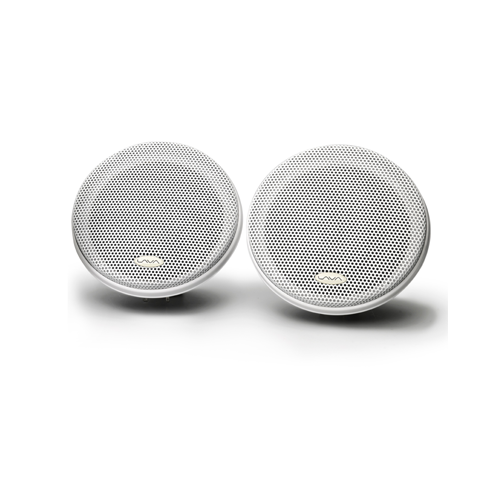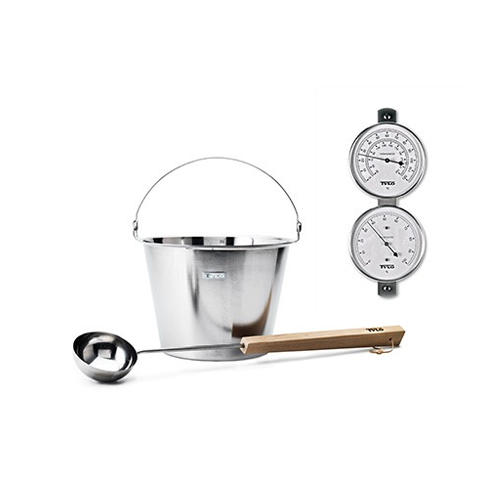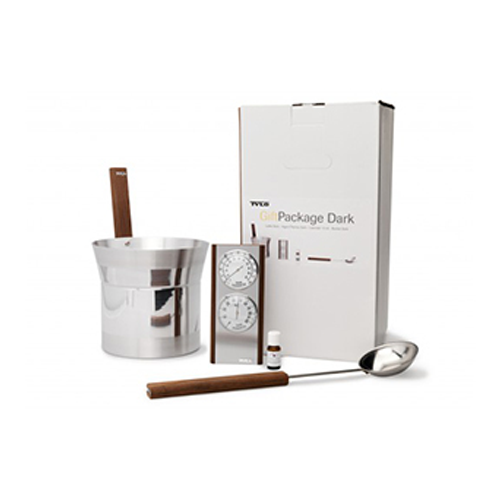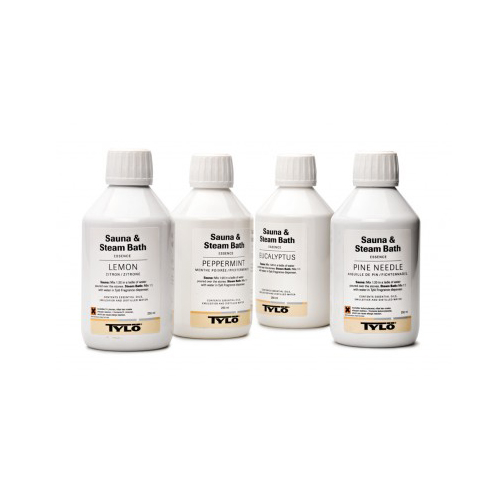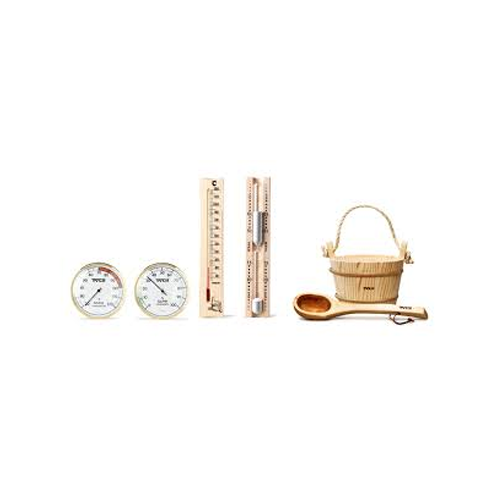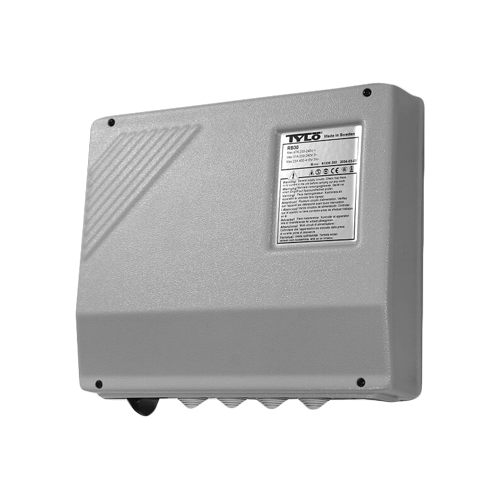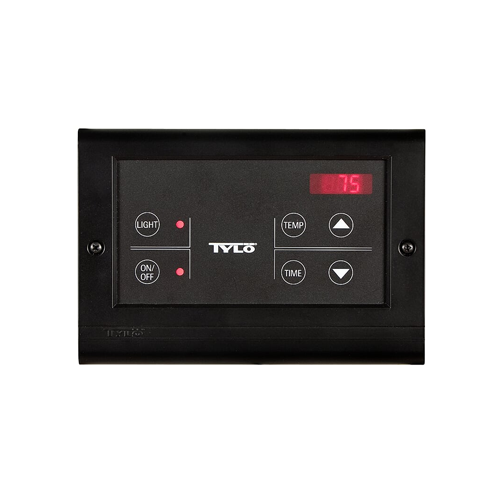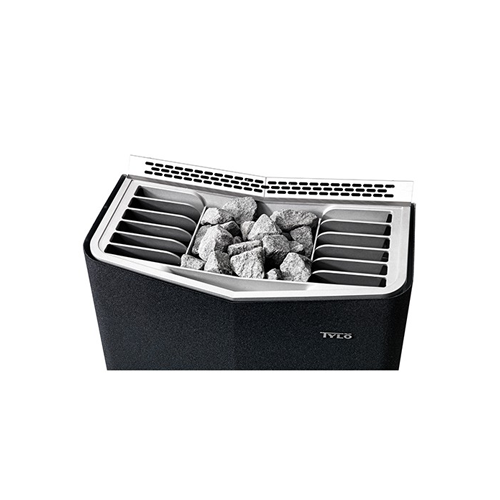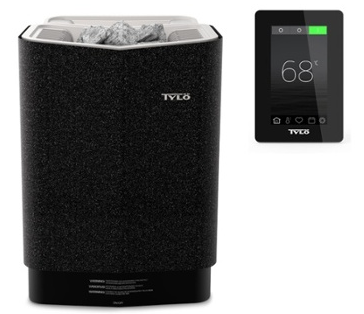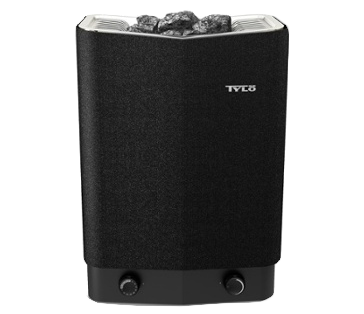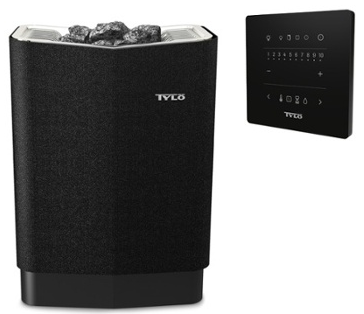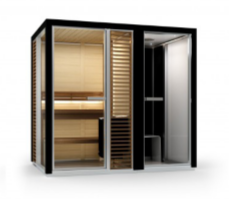
How to plan a steam room
In planning a steam shower / steam room, please note the following points before commencing installation work. Choose between custom built or prefabricated cabin which provides flexible solutions that are easily adapted to an existing layout.
Materials and design
Steam room materials must withstand high humidity and high temperatures. The floor must be made of a non-slip material and slope towards a floor drain. Heavy walls made of tiles, concrete, stone, etc will require greater output steam generator than light walls made of glass, plastic, etc. Walls and ceiling have to be insulated to prevent heat loss. Steam room must be 100% vapor proofed. Steam outlet has to be installed 40 cm above floor level. There must be free passage for the steam jet of at least 70 cm (more if possible) before its path is impeded by any fixed object.
It is recommended to install a shower in domestic steam rooms. Use only special steam room lights and switched independent of the generator.
Ventilation
Ventilation during steam room use is by convection. As a general rule no special ventilation is required for steam rooms in homes or those used for only short periods of time. However, for reasons of hygiene and to ensure trouble-free operation, all steam baths that are in use for more than 2 hours at a time must be connected to some form of mechanical ventilation that replaces 10–20 m³ of air per bather per hour. Otherwise the relative lack of heat-loss in the steam room has a negative effect on steam production.
Steam generator
The steam generator needs to be installed outside the steam room and connected to water, drainage and power supply (Supply to the generator is single or three phases depending on generator capacity with isolating switch). And it may be located up to 15 metres from the actual steam room; for example, in a well-ventilated cabinet or machine room above, below or on the same floor as the steam room. The steam is led to the steam room via lagged copper piping (at least 20 mm internal diameter). Ensure that there are no sharp bends or elbows in the pipe where water may gather. Choose a steam generator with a capacity suitable for the volume, construction and ventilation.
The steam generator automatically drains the water tank 1 hour after a steam session, the discharge water is very hot (80-85°C) and the drain pipe should be copper, 20 mm preferred, and should run into a copper tun dish, or at least be non-pvc for 5 – 6 metres.
Source of heating
The steam room is heated up by the steam generator. There should be no other source of heating in the steam room apart from the steam generator itself. The ambient temperature outside the steam must not exceed 35°C. The normal bathing temperature in the steam room is approximately 45°C with 100% humidity.
A DREAM PROJECT?
PLAN YOUR ROOM
Installing your new steam or sauna can be done in less than a day. The smart, prefabricated modules are easily assembled with no visible joints or fixings, and everything has been prepared for electrical systems and ventilation. The installer will only need a few hours to put everything in place, before your new sauna is ready to be used and enjoyed for decades to come







